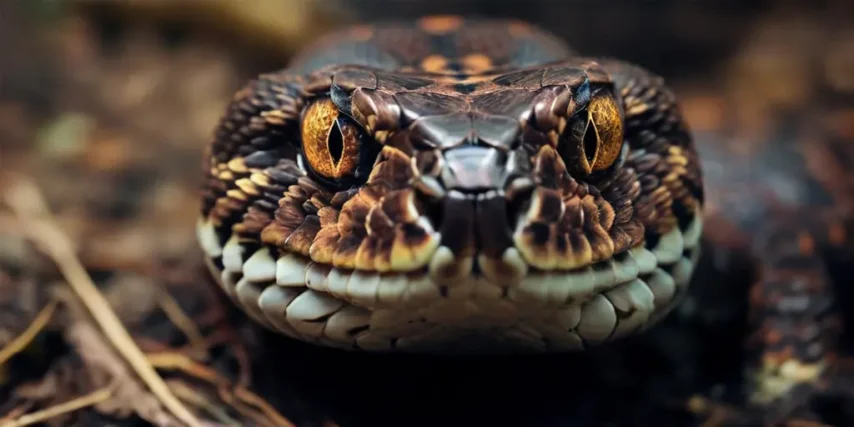The Enigmatic Dance: Unraveling the Mesmerizing Mechanics of Snake Locomotion
In the vast world of reptiles, snakes stand out as fascinating creatures, captivating the imagination with their sinuous movements and enigmatic locomotion. The seemingly effortless glide of a snake across various terrains has long puzzled scientists and enthusiasts alike. In this article, we embark on a journey to unravel the secrets behind how snakes move, exploring the biomechanics, adaptations, and evolutionary wonders that contribute to this mesmerizing dance.
- Serpentine Symphony: The Basics of Snake Locomotion
The primary mode of snake movement is undulating, a distinctive serpentine motion characterized by the graceful waves that ripple through the snake’s body. Unlike other animals that use legs or fins, snakes have a unique form of locomotion that relies on the coordination of their muscles and scales.
The undulating movement is achieved through the intricate interplay between the snake’s muscles and scales. The ventral scales grip the ground while the lateral muscles contract and expand, creating a rippling effect that propels the snake forward. This wave-like motion is not only efficient but also silent, allowing snakes to move with stealth and precision.

- Adaptations for a Groundbreaking Performance
Snakes have evolved various adaptations that enhance their ability to navigate diverse environments. One remarkable feature is their forked tongue, a sensory organ that plays a crucial role in detecting chemical cues in the air. This adaptation aids snakes in locating prey, predators, and potential mates, contributing to their survival and successful locomotion.
Additionally, the scales covering a snake’s body serve multiple purposes. Not only do they provide protection, but they also assist in gripping the ground. Specialized belly scales, or scutes, have a rough texture that enhances traction, allowing snakes to traverse challenging terrains with ease.
- The Acrobatics of Arboreal Locomotion
While the undulating movement is most commonly associated with snakes, arboreal species showcase a different set of locomotive skills. Arboreal snakes, adapted to life in trees, employ a concert of gripping and looping to navigate through branches. Their bodies wrap around branches in a helical fashion, utilizing the irregularities of the tree surface for support. This unique method of locomotion allows them to ascend, descend, and traverse between branches with remarkable agility.
- Sidewinding: A Specialized Stunt
In certain environments with loose or sandy substrates, snakes exhibit a mesmerizing technique known as sidewinding. This form of locomotion minimizes contact with the ground, reducing the risk of overheating in hot sand. The snake lifts portions of its body off the ground, creating a series of S-shaped curves that resemble a sidewinder’s tracks in the sand. This specialized adaptation showcases the incredible versatility of snake locomotion in adapting to various ecological niches.

- The Evolutionary Ballet of Snake Locomotion
The evolution of snake locomotion is a testament to the adaptability and resilience of these creatures. Fossil evidence suggests that the ancestors of modern snakes were once limbed reptiles, and the transition to limblessness brought about a remarkable transformation in their mode of movement.
Over millions of years, natural selection favored the development of elongated bodies and specialized muscles, paving the way for the evolution of the undulating locomotion we observe today. This evolutionary ballet has allowed snakes to thrive in diverse ecosystems, from the rainforests to the deserts, showcasing the elegance of nature’s design.

Conclusion:
The dance of snake locomotion is a captivating spectacle that transcends the boundaries of biology, delving into the realms of physics and evolution. From the undulating motions on the ground to the acrobatics in the trees and the specialized sidewinding on sandy terrain, snakes showcase an extraordinary repertoire of movements that have evolved over millennia.
Understanding the mechanics behind snake locomotion not only unveils the mysteries of these enigmatic creatures but also fosters a deeper appreciation for the intricate tapestry of nature. As we unravel the secrets of how snakes move, we find ourselves drawn into the mesmerizing symphony of evolution, where every coil, ripple, and twist tells a story of survival, adaptation, and the perpetual dance of life.







